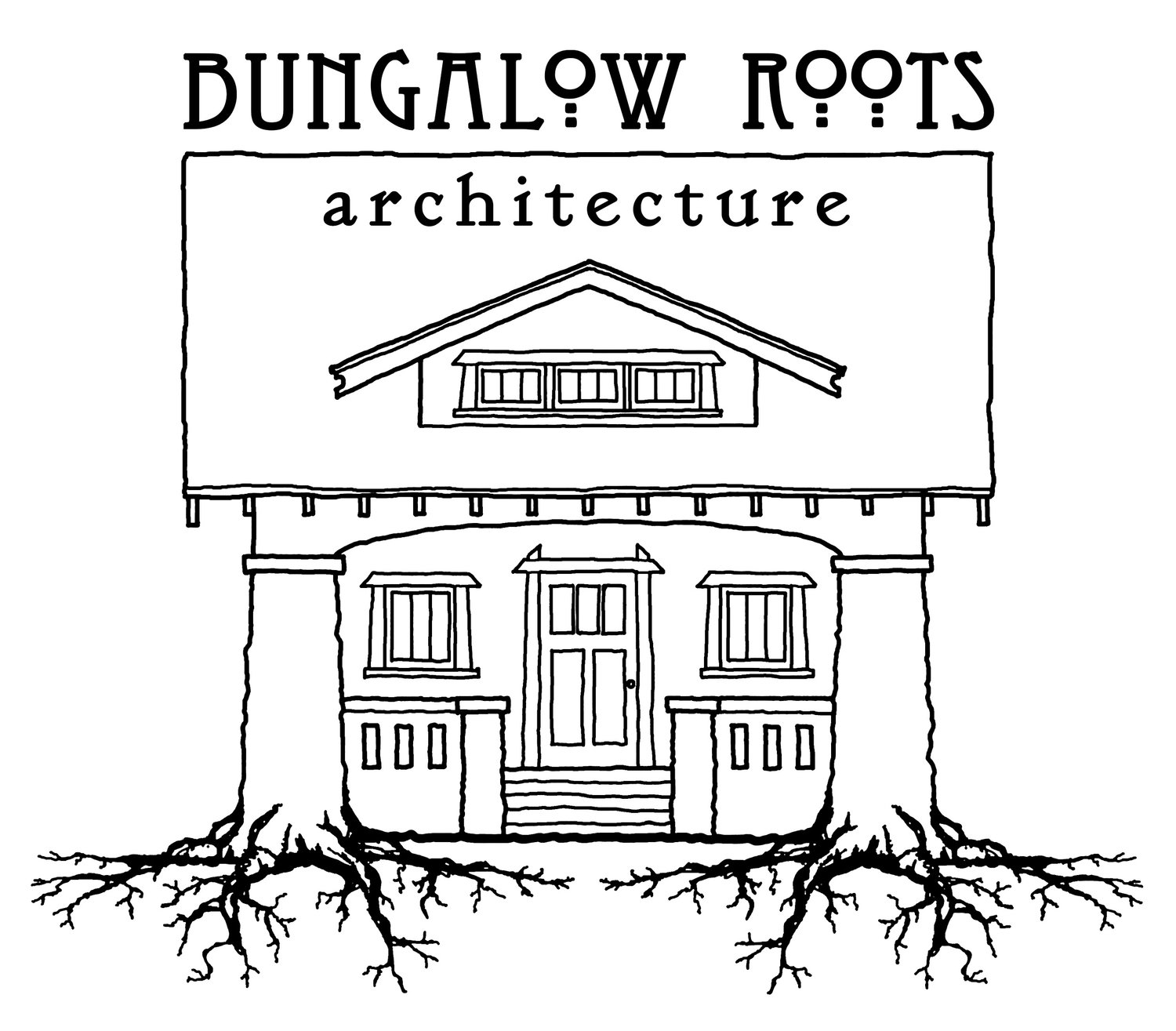Why We Love Bungalows
For the uninitiated, a bungalow simply means a small house. In the US, it commonly refers to a one or sometimes two-story craftsman style house built in the early 1900s to about the 1930s. However, the term is older than that. It stems from colonial era India, and it refers to a one story domicile with a low sloping roof and a porch that wraps around the whole building, but for our purposes, the word’s origin doesn’t matter.
“Bungalows were often designed by architects or architectural apprentices in a time when architects truly were ‘master builders.’”
The bungalows we love hail from a time when “affordable housing” was quality housing. They were built with real details and construction techniques that have lasted 100+ years. They were built with quality materials, to be repaired and maintained. They were built by true craftsmen who cared about their work and the products they were putting into the world. They were built on a massive scale, in most American cities, in dense neighborhoods with walkable streetscapes and front porches that fed the social health and wellbeing of the communities they created.
Bungalows were often designed by architects or architectural apprentices in a time when architects truly were “master builders.” Bungalows can change and adapt and grow to contain the stories of the families that have called them home over their long lives. Even in disrepair, they can almost always be revived to continue to serve as containers of the lives of new families. They aren’t good because they are old, but they are old because they are good.
We love bungalows (and old houses) because they have so much to teach us about how we should build homes, how we should care for things, and how we should learn to grow and connect with one another in new ways and in old ways.


